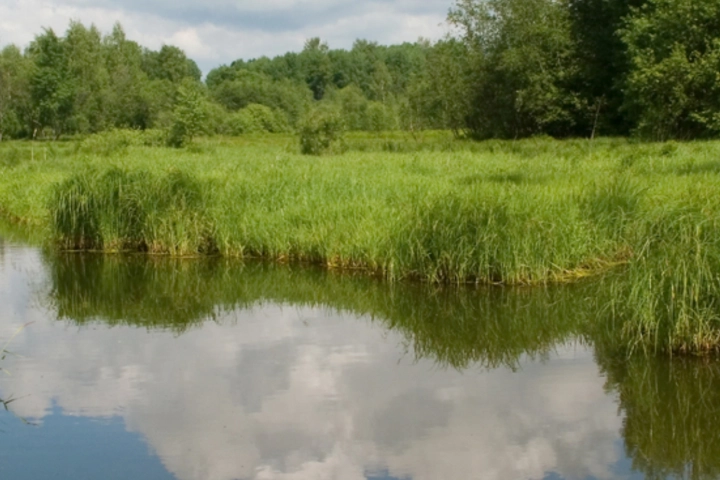
When drifting across a natural Florida lake or pond, it’s not unlikely to encounter some massive amounts of emergent plants. You might think that these floating, forest-like growths are an annoying obstacle disrupting your recreation or you might even mistake them for an extension of the shoreline itself, but they’re an incredibly problematic phenomenon causing damage throughout the state.
Primarily known as tussocks, these floating fields are a nuisance to local boaters and water skiers, and they’re a major burden on the Florida ecosystem. As these herbaceous masses minimize the access to essential waterways through invasive overgrowth, the need for professional removal becomes a top priority.
A Natural Order
Tussock formation is a natural process that occurs when aquatic plants decay, uproot, and float to the surface, creating the illusion of shoreline extension. This is often the result of harsh winds, heavy boat activity, or dramatic water level shifts that disturb the root system and rip the plants from the ground. Tussocks often form in small clusters but spread to be acre-wide rafts of vegetation, and they can quickly become difficult to contain without proper regulation.
The Environmental Challenge
Although tussocks consist of natural aquatic life that create ideal habitats for certain species, they also host aggressive growth that disrupts adjacent ecosystems. Some of the top concerns with tussock overgrowth include:
-
Invasive species
Without management, invasive species, like water hyacinth, create a platform for additional invasive plant species to multiply.
-
Wildlife habitat
Although fisherman may appreciate tussocks for creating a thriving cover for Florida bass, tussocks disturb countless species by depleting oxygen levels from the soil.
-
Public access
Tussocks can impede shoreline access and cut off entry to shallows, which can disturb boat navigation and water traffic.
-
Flood control
Flood control structures are sensitive to clogging from tussock growth, which can raise water levels to dangerous heights during inclement weather conditions.
-
Residential damage
Some waterfront homeowners place aquatic plants on their property to attract game or increase curb appeal, which invading tussocks can quickly smother.
Plant management is essential to Florida waterways, because it preserves the welfare of both wildlife and citizens. Therefore, the best way to effectively control tussock growth is with herbicide treatment, which eventually causes the entire vegetative mass to sink from the surface. However, if tussock progression is too strong and widespread for herbicides alone, shredders and harvesters can rip through the dense vegetation for a complete solution.
Professional Tussock Removal
Tussocks can easily overrun even the largest bodies of Florida water. Fortunately, Sorko Services offers a range of aquatic solutions designed to promote habitats for non-invasive wildlife. Our team of professionals can design a comprehensive plan to remove invasive tussocks from any body of water and reopen water channels for boat navigation. Combining the use of EPA-certified herbicides and mechanical removal, we can restore the flourishing ecosystems of Central Florida waters. If you’re interesting in any of our aquatic plant control services, call us today at 407-878-4492.
Why Is Tussock Removal Essential for Florida Waterways? in Central Florida
Serving Greater Orlando, Sanford and Kissimmee
Sanford | Orlando | Poinciana | Ocala | St Cloud | Winter Garden | Clermont | DeLand | Winter Springs | New Smyrna Beach | Winter Park
Orange County | Seminole County | Lake County | Osceola County | Volusia County | Polk County | Marion County | Brevard County
Home » Why Is Tussock Removal Essential for Florida Waterways?
